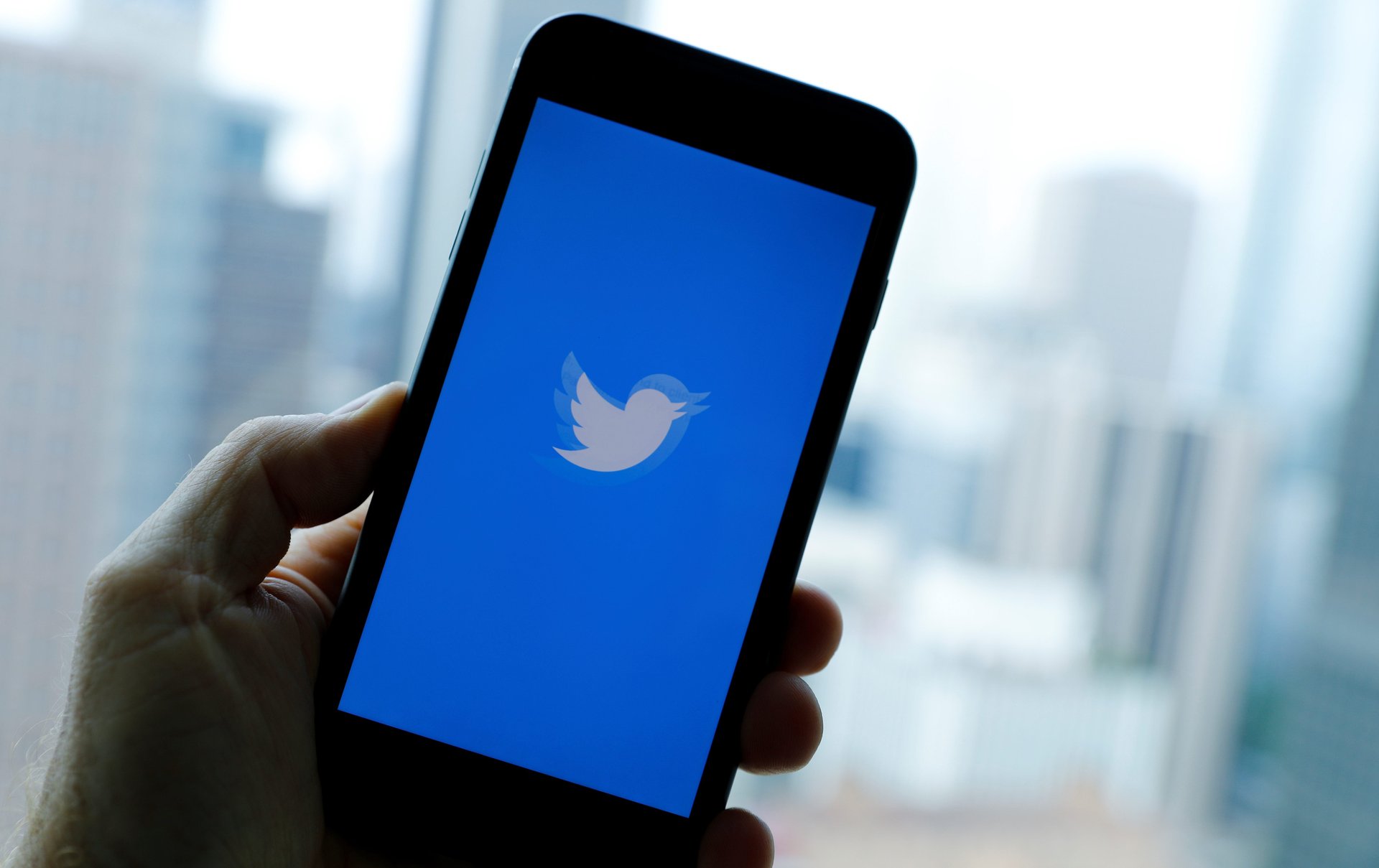Hong Kong’s fast-learning, dexterous protesters are stumped by Twitter
For over two months, Hong Kong’s protesters have shown an uncanny ability to learn and adapt, whether it’s figuring out how to deal with tear gas, crowdfunding massive amounts of money, or coming up with creative new ways to protest. Learning how to use Twitter, however, is proving to be a much harder task.


For over two months, Hong Kong’s protesters have shown an uncanny ability to learn and adapt, whether it’s figuring out how to deal with tear gas, crowdfunding massive amounts of money, or coming up with creative new ways to protest. Learning how to use Twitter, however, is proving to be a much harder task.
With no solution in sight to the political crisis that has gripped Hong Kong for 13 weeks, a growing number of Hong Kong protesters see international support or intervention—mostly from the US—as something that could boost their chances of success. That’s driving more people in Hong Kong to get on Twitter, hoping the global platform can help get the message out to an audience that includes prominent foreign politicians and major news networks.
One 39-year-old woman who only wanted to be identified as Purple Light—a translation of her Chinese name—said she just joined Twitter this month because she realized the platform is a vital way to deliver information about Hong Kong to the world. But she finds some functions of Twitter confusing, for example the difference between retweeting and retweeting with a comment. “I discovered that there’s a ‘language’ to Twitter that I haven’t quite yet grasped,” she said.
Another recent Twitter joiner, a male Hong Konger living in the US who didn’t want to divulge any further personal information, said that privacy concerns in a climate where doxxing is prevalent on platforms such as Facebook and Instagram made Twitter an attractive platform because of its greater potential for anonymity.
In addition to Facebook and Instagram, the dominant social networks in Hong Kong, protesters also heavily rely on chat app Telegram and LIHKG, a Reddit-like forum, to discuss and organize, but there’s a growing realization that those platforms are too inward-looking.
LIHKG is rife with discussions on how to use Twitter. One recent post titled “Twitter! Open Twitter! Must use Twitter!!! Begging everyone” exhorted the “promotion department” of the protesters—a term meaning those who create artwork or text posts for sharing—to pay more attention to Twitter in order to counter the growing number of “fake news” posts aimed at discrediting the movement. Other threads crowdsource English translations for videos and images the protesters would like to push to global readers on Twitter, such as those from Aug. 31 when police entered multiple subway stations and beat up and arrested passengers.
Others are trying to help Hong Kong protesters get to grips with Twitter in different ways. An anonymous person created a set of public Google documents containing detailed information about the social network, including a list (link in Chinese) of suggested accounts to follow, mostly well-known US politicians, personalities, and media outlets and journalists, including Oprah Winfrey, Donald Trump, and US senators like Marco Rubio and Nancy Pelosi.
Though Twitter said in a statement that it does not disclose user information by market, there has been a discernible increase in Hong Kong users signing up for Twitter accounts in recent weeks. As a result, various Hong Kong-related hashtags have started to trend, such as #Chinazi and #SOSHK, as well as #FollowBackHongKong, a hashtag launched by long-time Twitter user @Goofrider, an amateur photographer who only wanted to be identified as Jeff, to help boost newcomers’ follower counts.
One Telegram group called “Twitter consensus channel” even holds regular polls to decide what topics to push on Twitter, including one that asked whether members supported using the hashtag #StopTheCoup in an attempt to link protests in the UK with those in Hong Kong to create solidarity (though some have cautioned users not to go overboard with hashtags). Another polled what topics members wanted to push on Aug. 28 on Twitter, with options including alleged sexual violence by police against female arrestees, “white terror” against companies including Cathay Pacific, or the Hong Kong Human Rights and Democracy Act, which protesters are urging US members of Congress to pass this month.
One of the administrators of the group, who would only be identified with his user name on Telegram, VladimirPutin852, said the polls were a “democratic” way of deciding what people should tweet about given that, like the protests more broadly, the group is leaderless. The person, who lives overseas and is in their late 20s, joined Twitter in August and wanted to help others navigate the platform as a way of contributing to the protests.
One of the major stumbling blocks for Hong Kongers taking to Twitter is language. One user, @woppa, a retired 40-year-old called Trevor who resides in Canada, started a hashtag that translates as “Get in there if you want to learn English” to help Twitter novices from Hong Kong. Trevor, whose tweets double up both as language and Twitter etiquette pointers, said that “overcoming the language barrier” was the protesters’ biggest challenge.
Recent pieces of advice he’s given to people: don’t arbitrarily just tag major news accounts like Fox News, how to embed videos rather than just posting a link, and what the term “fire” means in internet parlance.